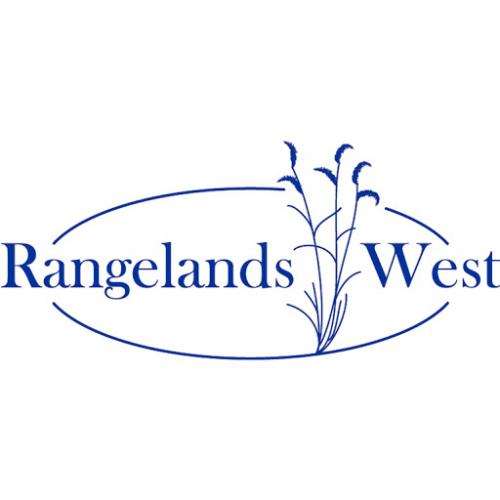Successful grazing management integrates animals, forage, and other resources to market valuable products at a profit. Grazing management relies on several principles and practices established through experience and scientific research. Stocking rate -  the number of animals allotted to an area for a given length of time - is one of the most important grazing management factors a rancher can manipulate, regardless of the grazing system employed, vegetation type, or kind and class of livestock produced. Of all the management tools, stocking rate has the largest impact on animal performance and forage resources as it directly influences animal productivity, forage production, forage quality, long-term species composition, plant physiology, and profitability of the operation. Therefore, a proper stocking rate is vital to maintain grazing operations under changing conditions, optimize forage and animal performance, and sustain renewable land resources over the long-term. Many factors affect stocking rate including, but not limited to: animal species, amount of acres useable for grazing, rainfall, forage production, forage species, topography, water distribution, and class of livestock (e.g. lactating, growing, etc.).

Articles, citations, reports, websites, and multimedia resources focused on rangeland ecology, management, restoration, and other issues on American rangelands.